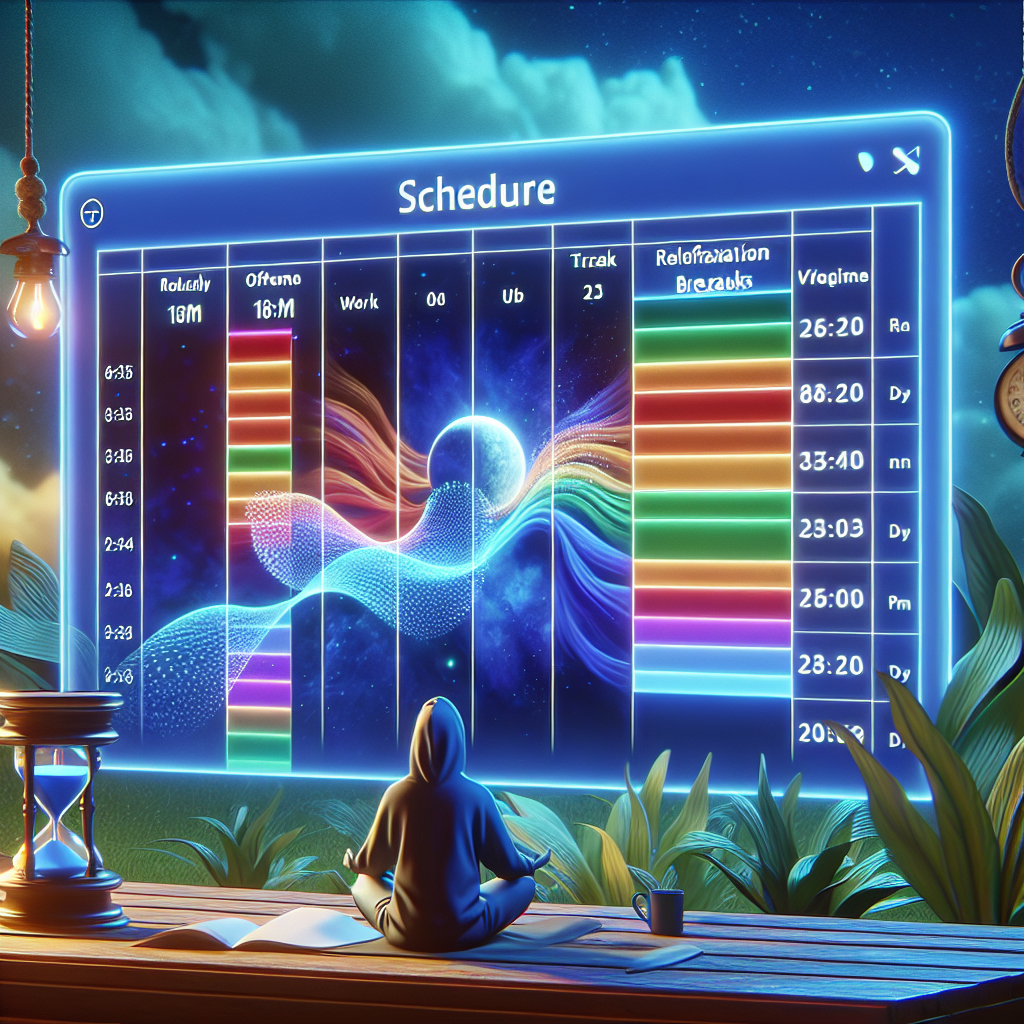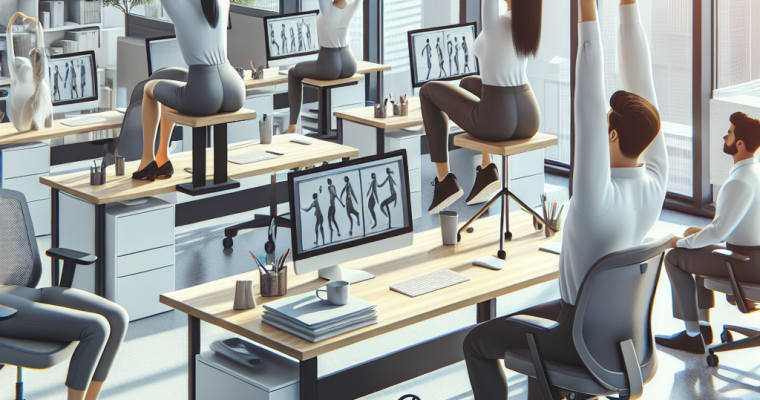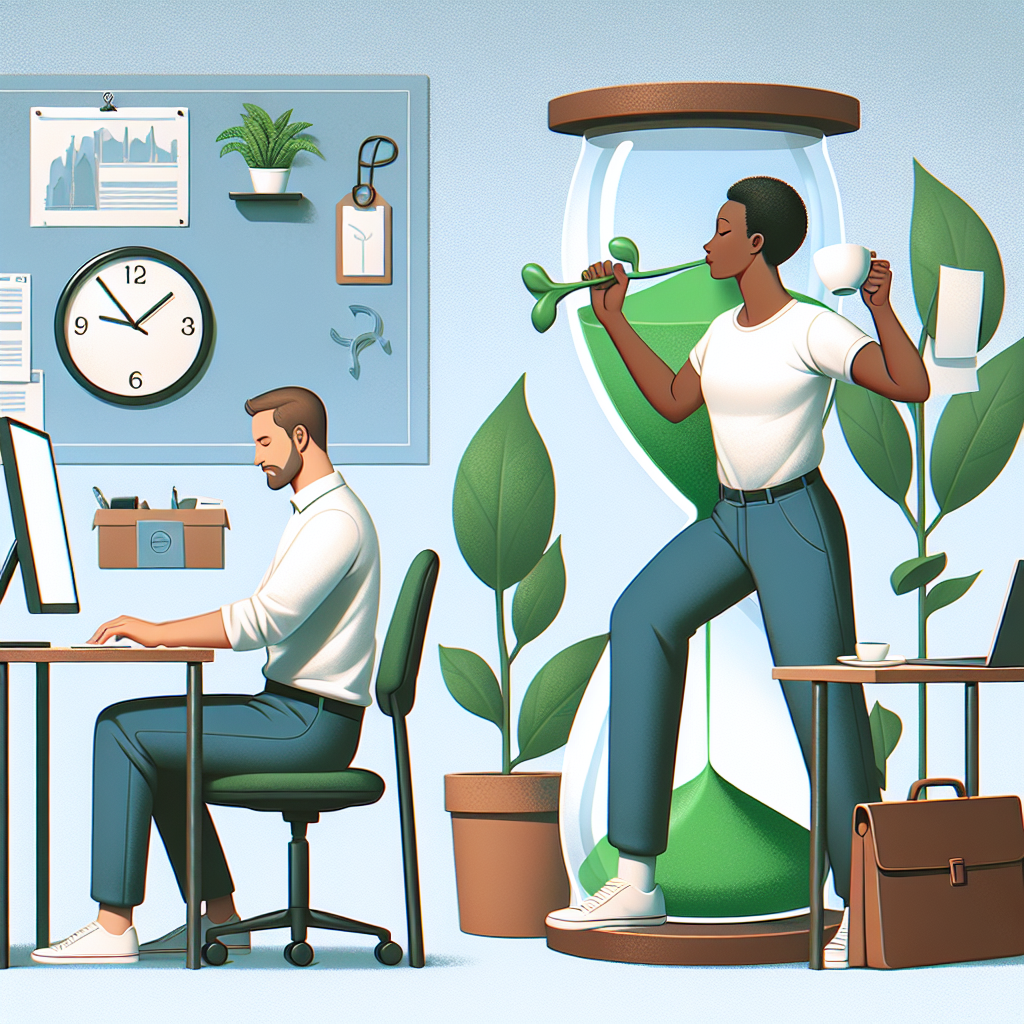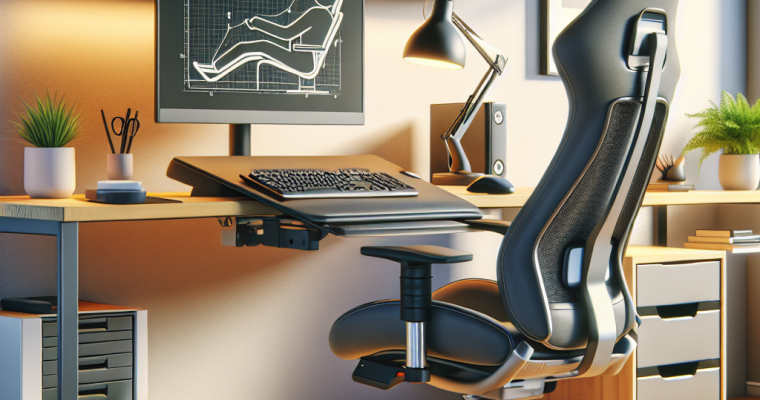Are you one of those desk workers who find themselves glued to their chairs for hours on end, immersed in the chaos of work without taking a break? Well, it’s time to hit the pause button and give yourself permission to take regular breaks! In this article, we delve into the crucial role that breaks play in maintaining your physical and mental well-being, enhancing productivity, and fending off a variety of health issues. So, put your work aside for a moment, sit back, and find out why taking breaks is no longer a luxury but an absolute necessity!
The Toll on Your Body and Mind

Let’s start by acknowledging the fact that spending prolonged periods sitting at your desk can wreak havoc on both your body and mind. Think about it – your muscles are tensed, your eyes are strained, and your brain is constantly processing information. Over time, this can lead to a range of issues such as muscular aches, headaches, eyestrain, and even mental fatigue. By taking regular breaks, you allow your body and mind to recover, reducing the risk of developing these discomforts and maintaining your overall well-being.
Boosting Productivity & Creativity

Do you ever feel like your productivity hits a wall after a few hours of continuous work? You’re not alone! Studies have shown that sustained periods of work without breaks can significantly diminish our ability to concentrate and perform tasks efficiently. On the other hand, taking regular breaks can help alleviate mental fatigue and restore focus, ultimately enhancing productivity. These brief interludes give your brain a chance to recharge, enabling you to approach your work with renewed energy and creativity.
Imagine your mind as a well-oiled machine, constantly running and problem-solving. Just like any machine, it needs regular maintenance and refueling to perform optimally. By taking breaks, you allow your mind to step away from the immediate demands of work, giving it the breathing room it needs to generate fresh ideas and innovative solutions. So, the next time you find yourself stuck, give your mind the gift of a short break – you’d be surprised by the results!
The Physical Benefits

Now that we’ve explored the mental aspects, let’s not forget about the physical benefits of taking regular breaks. Prolonged sitting can contribute to a variety of health problems, including obesity, heart disease, and diabetes. Inactivity slows down your metabolism, leading to weight gain and increased risk of developing chronic diseases. Breaks provide an opportunity to incorporate physical activity into your routine, even if it’s just a short walk or some stretching exercises at your desk. These movements get your blood flowing, improve muscle tone, and can even elevate your mood.
A vital aspect of physical well-being often overlooked is maintaining healthy posture. Sitting for long periods can lead to poor posture, causing back and neck pain, as well as other musculoskeletal issues. By scheduling regular breaks, you can prevent these problems and engage in activities that promote good posture. Simple stretching exercises, as well as standing or walking around, help maintain the natural curvature of your spine and alleviate the stress placed on your muscles and joints.
The Optimal Break Routine
Now that you’re convinced of the importance of breaks, let’s talk about creating an effective break routine. Remember, it’s not just about stopping work for a few minutes; it’s about utilizing those breaks to recharge and revitalize both your mind and body. Here are some tips to help you make the most out of your breaks:
1. Schedule Your Breaks:

Set specific times for breaks throughout your workday. This helps create a routine and ensures you don’t find yourself caught up in work without realizing the time slipping away.
2. Be Active:

Use your breaks as an opportunity to get moving. Whether it’s a brisk walk, stretching exercises, or even a quick dance party in your living room, any form of physical activity can have a positive impact on your well-being.
3. Disconnect from Screens:

As a desk worker, you likely spend a significant part of your day staring at a screen. Make it a habit to disconnect from screens during your breaks. Engage in activities that don’t involve electronic devices such as reading a book, talking to a colleague, or meditating. Give your eyes and brain a break from the digital overload.
4. Socialize:

Use your breaks to connect with others. Engaging in conversations with colleagues or friends can help reduce stress, improve mood, and foster a sense of belonging and camaraderie.
5. Practice Mindfulness:

Consider incorporating mindfulness or deep breathing exercises into your break routine. These practices can help reduce stress, increase focus, and bring you back to the present moment, ready to tackle the next task.
Conclusion

Remember, taking regular breaks isn’t a sign of laziness; it’s a practice of self-care and an investment in your overall well-being. By incorporating breaks into your work routine, you can boost productivity, maintain physical and mental health, and prevent a plethora of issues that desk workers often face. So, go ahead, step away from your desk, and give yourself the rejuvenation you deserve.


















